Tips for growing parsley plants
Written by Joy
Oct 16 2020

Parsley is an indispensable ingredient in Western food. When making Western food, many people choose to use parsley to decorate other foods on the plate. It is mainly used for seasoning in Western food. Parsley has the effects of diuresis, sedation, liver and blood pressure reduction, and cancer prevention. Since parsley plants have so many benefits for human health, do you know how parsley plants are grown? This article mainly introduces the cultivation of parsley.
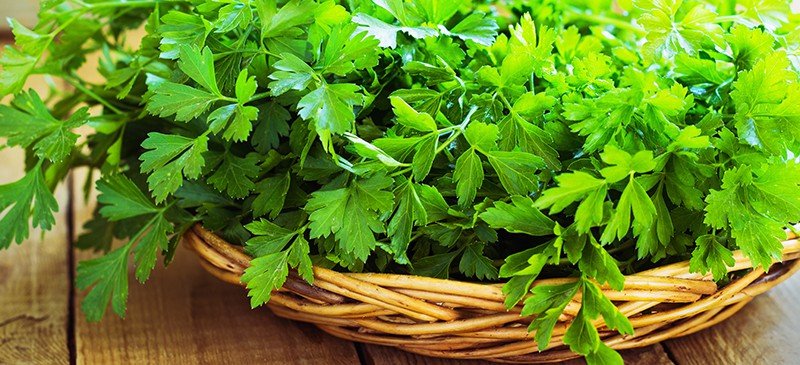 Parsley plants' growing conditions are not very strict, but gardeners should still pay attention to the conservation of parsley. Parsley plants like to grow in humid places, but they are not tolerant to waterlogging. If there is standing water in the planting area, it may cause plant seriously rot. Therefore, you have to grasp this characteristic of parsley plants and choose the planting place in a higher terrain. Before planting parsley plants, there must be a good drainage system around the planting area. Before planting parsley plants, you'd better work on the whole area to remove weeds and larger clods in the soil, and then disinfect them. After these steps are completed, the land to grow The therapeutic function of parsley plants is naturally dried in the sun. It's necessary and vital to sterilize under strong light. Sprinkle sufficient organic fertilizer on the field before planting. After the soil and fertilizer are evenly mixed, the land will be leveled. Then you can choose a suitable time to plant parsley plants according to the local environment. .
Parsley plants' growing conditions are not very strict, but gardeners should still pay attention to the conservation of parsley. Parsley plants like to grow in humid places, but they are not tolerant to waterlogging. If there is standing water in the planting area, it may cause plant seriously rot. Therefore, you have to grasp this characteristic of parsley plants and choose the planting place in a higher terrain. Before planting parsley plants, there must be a good drainage system around the planting area. Before planting parsley plants, you'd better work on the whole area to remove weeds and larger clods in the soil, and then disinfect them. After these steps are completed, the land to grow The therapeutic function of parsley plants is naturally dried in the sun. It's necessary and vital to sterilize under strong light. Sprinkle sufficient organic fertilizer on the field before planting. After the soil and fertilizer are evenly mixed, the land will be leveled. Then you can choose a suitable time to plant parsley plants according to the local environment. .
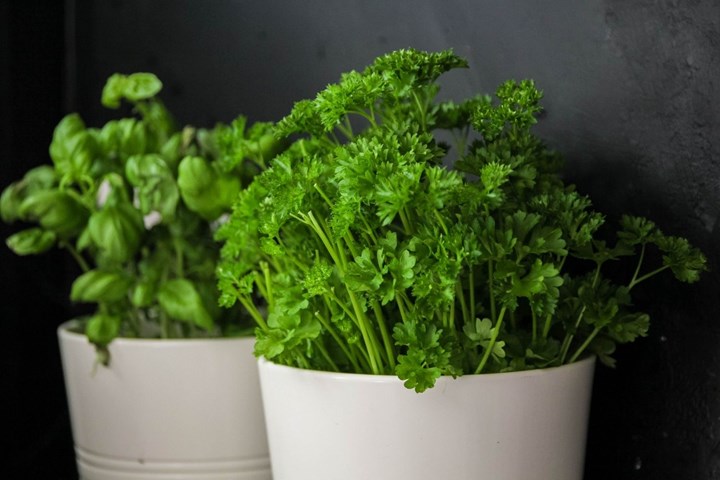 In general, parsley plants can be planted in summer and autumn. In some areas, planting can also be done in winter. Summer planting of parsley plants is in June each year, autumn planting of parsley plants is in October each year, and winter planting of parsley plants is planted in December each year. January of the year. Parsley plants must process the seeds of parsley plants before planting. After soaking the parsley plant seeds in warm water for 12 hours, you’d better take them out and rinse them, and place them in a cool place to allow the water to dry before they can be sown.
In general, parsley plants can be planted in summer and autumn. In some areas, planting can also be done in winter. Summer planting of parsley plants is in June each year, autumn planting of parsley plants is in October each year, and winter planting of parsley plants is planted in December each year. January of the year. Parsley plants must process the seeds of parsley plants before planting. After soaking the parsley plant seeds in warm water for 12 hours, you’d better take them out and rinse them, and place them in a cool place to allow the water to dry before they can be sown.
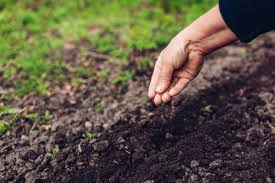 When the seedlings of parsley plants grow to between 10 and 15 cm, they can be transplanted and planted. Parsley plants are transplanted at intervals of 30 cm between rows and 15 cm between plants. This density can fully ensure the yield of parsley, and will not have a big impact on the permeability of the field and the later management. Improved permeability can effectively reduce some pests and diseases, and improve the yield and quality of parsley plants.
When the seedlings of parsley plants grow to between 10 and 15 cm, they can be transplanted and planted. Parsley plants are transplanted at intervals of 30 cm between rows and 15 cm between plants. This density can fully ensure the yield of parsley, and will not have a big impact on the permeability of the field and the later management. Improved permeability can effectively reduce some pests and diseases, and improve the yield and quality of parsley plants.
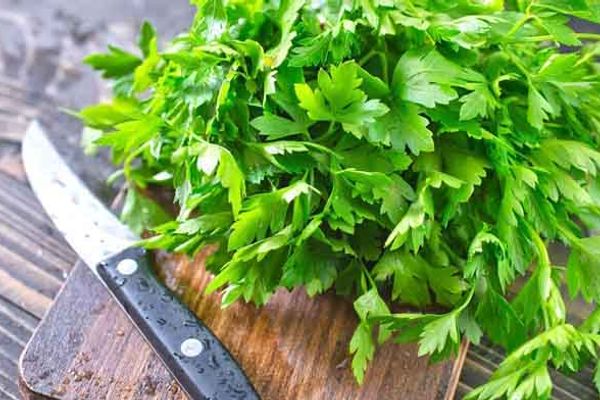 After planting such a special plant, parsley plants are relatively fragile. Due to environmental changes, some problems may occur. Therefore, it is necessary to give it a process of adaptation. After planting, it's necessary to manage water and fertilizer to ensure sufficient water in the soil. During this process, you’d better observe the growth of parsley from time to time. In the situation, thinning work should be carried out after seven days. Dead and weak seedlings of parsley plants should be removed in time and then disinfected. The missing parsley plant seedlings should be filled to ensure that the seedlings are available in the later stage. After the parsley plant seedlings are fixed, intertillage and weeding are carried out, and the intertillage is combined with fertilization. Parsley plants have a relatively large demand for fertility during the growth process. After parsley stabilizes, topdressing is done once a month. After each harvest, topdressing should be done in time to restore growth and increase yield. If the planting area of parsley plants retains water, it has poor fertility retention and parsley plants can be covered with a layer of straw.
After planting such a special plant, parsley plants are relatively fragile. Due to environmental changes, some problems may occur. Therefore, it is necessary to give it a process of adaptation. After planting, it's necessary to manage water and fertilizer to ensure sufficient water in the soil. During this process, you’d better observe the growth of parsley from time to time. In the situation, thinning work should be carried out after seven days. Dead and weak seedlings of parsley plants should be removed in time and then disinfected. The missing parsley plant seedlings should be filled to ensure that the seedlings are available in the later stage. After the parsley plant seedlings are fixed, intertillage and weeding are carried out, and the intertillage is combined with fertilization. Parsley plants have a relatively large demand for fertility during the growth process. After parsley stabilizes, topdressing is done once a month. After each harvest, topdressing should be done in time to restore growth and increase yield. If the planting area of parsley plants retains water, it has poor fertility retention and parsley plants can be covered with a layer of straw.
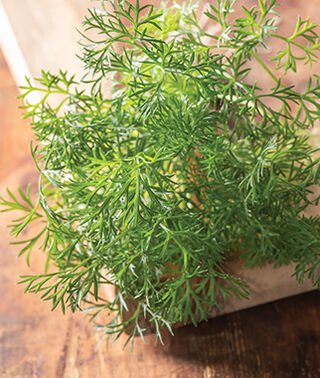 The harvest time of parsley plants sown at different times is different. The growth of the root parsley of the grower determines the harvest time. Generally speaking, when the plant of parsley plants grows to 15 leaves, you can harvest parsley. When harvesting, only the middle is harvested. Part of the leaves, the bottom and top leaves remain on the plant.
The harvest time of parsley plants sown at different times is different. The growth of the root parsley of the grower determines the harvest time. Generally speaking, when the plant of parsley plants grows to 15 leaves, you can harvest parsley. When harvesting, only the middle is harvested. Part of the leaves, the bottom and top leaves remain on the plant.
 Parsley vitamin C can protect cells, enhance the activity of white blood cells and antibodies, and stimulate the body to produce interferon, which can destroy viruses and reduce the loss of white blood cells.
Parsley vitamin C can protect cells, enhance the activity of white blood cells and antibodies, and stimulate the body to produce interferon, which can destroy viruses and reduce the loss of white blood cells.
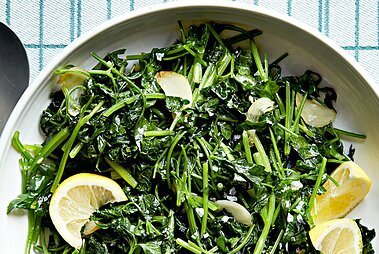 Parsley regulates menstrual periods that are too long (short) or less menstrual (more).
Parsley regulates menstrual periods that are too long (short) or less menstrual (more).
Site preparation of parsley plantsScientific sowing parsley plantsTransplanting and colonizing parsley plantsField management of parsley plantsReasonable harvesting parsley plantsThe therapeutic value of parsley plantsImprove immunityClear heatDiuresis and swellingRegulate women's menstruationNourish the liver
Site preparation of parsley plants

Scientific sowing parsley plants

Transplanting and colonizing parsley plants

Field management of parsley plants

Reasonable harvesting parsley plants

The therapeutic value of parsley plants
Parsley is rich in vitamin C, which can protect teeth, prevent arteriosclerosis, scavenge free radicals and prevent cancer. In addition, parsley protects cells, detoxifies, protects the liver, improves immunity and emergency response capabilities. In the human body, calcium is the basic raw material for bone development. It directly affects height, regulates enzyme activity, participates in nerve and muscle activity and the release of neurotransmitters, regulates hormone secretion, heart rhythm and reduces cardiovascular permeability, and controls inflammation and edema. And maintain acid-base balance, etc. Parsley is rich in sodium, which regulates osmotic pressure and maintains acid-base balance. Maintaining normal blood pressure and enhancing neuromuscular excitability are the basic functions of parsley.The therapeutic function of parsley plants.Improve immunity

Clear heat
Parsley plants can clear the heart and purify the fire, clear away heat and irritability, and can eliminate heat toxins in the blood. Suitable for people who are easy to get angry.Diuresis and swelling
Parsley plants can remove toxins and excess water from the body, promote blood and water metabolism, and have diuretic and anti-edema effects.Regulate women's menstruation

Nourish the liver
Parsley plants are rich in vitamins, which protect liver cells and prevent toxins from damaging liver cells.Latest Updated
- Benefits of Bugleweed - 7 Science-backed Health Benefits
- Bugleweed Dangers & Side Effects - Is It Poisonous?
- How to Plant Evergreen Trees - What You Should Know
- When to Plant Evergreens - Grow Guide for Evergreen Trees
- 12 Wonderful Evergreen Shrubs for Your Garden
- 12 Popular Evergreen Plants with Pictures for Beginners
- When And How To Prune A Lilac Bush Like a Pro
- How to Grow & Care for Lilac Vine (Hardenbergia Violacea)
- Japanese Lilac Tree (Syringa Reticulata) Care & Propagation Guide
- Shumard Oak Pros and Cons - What to Know
Popular Articles
- Winter maintenance of Antirrhinum Majus
- How to Grow Terminalia Mantaly Tree
- How to Grow and Care for Crossostephium Chinense
- How to grow Antirrhinum Majus in spring
- Peristeria Elata (Dove Orchid) Profile: Info & Care Guide
- Underwatered Snake Plant (Sansevieria Trifasciata) - Signs And How To Fix
- How to Care for Brazilian Jasmine Plant (Mandevilla Sanderi)
- How to Grow & Care for Graptopetalum Purple Delight in Summer
- Rosa Chinensis (China Rose): Plant Growing & Care Tips
- How to Care for Baby Sun Rose (Aptenia Cordifolia)